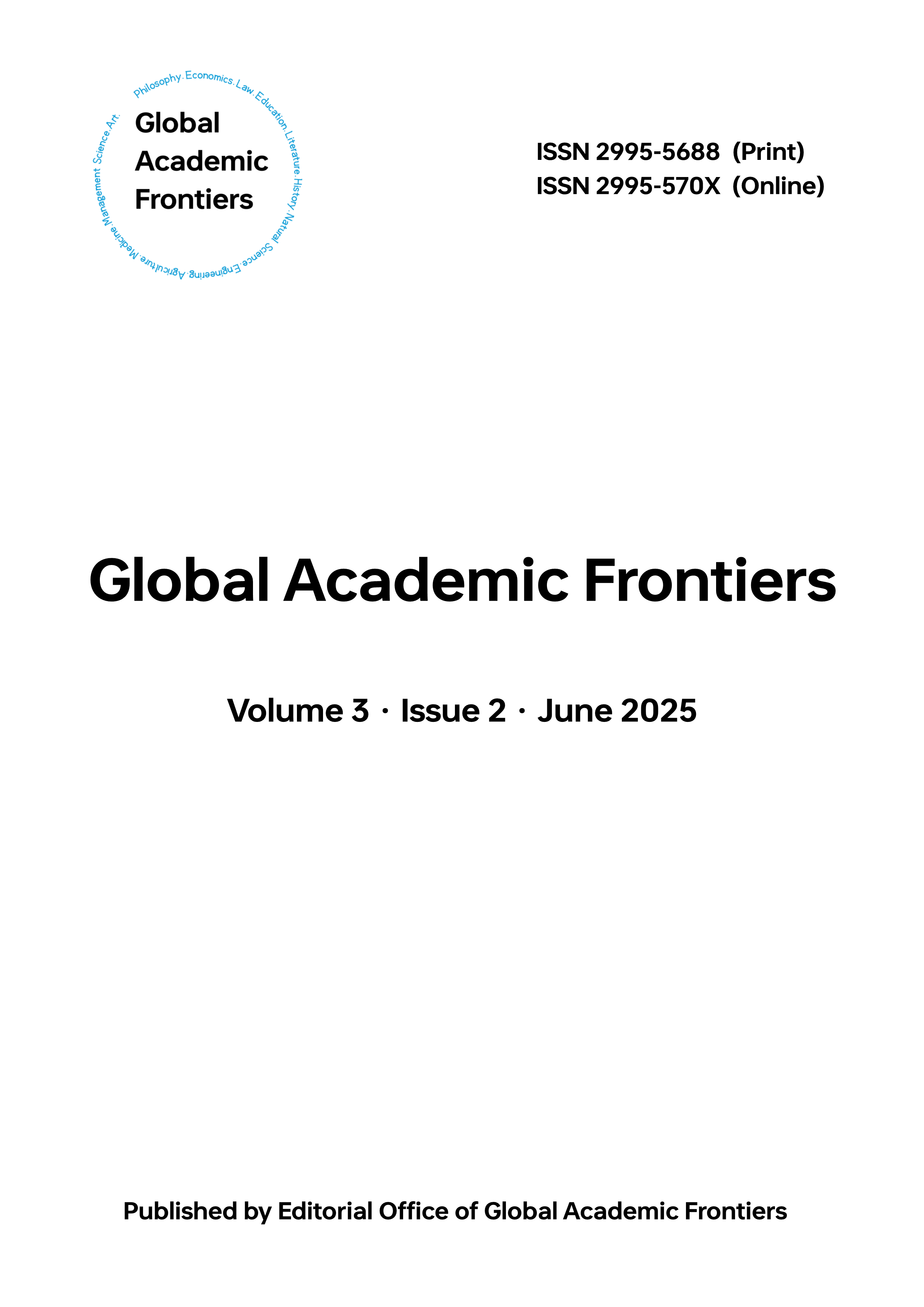Hydrological controls on nutrient dynamics and load estimation in an agricultural watershed: a case study in Rock Creek, Ohio
DOI:
https://doi.org/10.5281/zenodo.15583118Keywords:
Agricultural watershed, nutrient dynamics, hydrological controls, event-driven runoff, water quality managementAbstract
This study investigates the spatiotemporal variability of nutrient concentrations (soluble reactive phosphorus, SRP; total phosphorus, TP; and nitrate, NO₃⁻) and their relationships with hydrological conditions in the Rock Creek watershed, a representative agricultural basin in northwestern Ohio. High-temporal-resolution water quality and discharge data were analyzed over a two-year period (2010–2011) to elucidate seasonal trends, flow-nutrient correlations, and to compare nutrient load estimation methods. The results demonstrate that nutrient transport in the watershed is strongly event-driven, with SRP and TP concentrations peaking during high-flow periods (spring snowmelt and summer/fall storms), exhibiting significant positive correlations with discharge (log-transformed R² = 0.27–0.47). In contrast, nitrate concentrations displayed a distinct seasonal pattern, with a spring flush followed by declining concentrations, suggesting depletion of legacy storage. Notably, flow-weighted mean concentrations (FWMC) exceeded arithmetic means by 2–3 times, revealing that conventional averaging methods underestimate nutrient loads during high-flow events. These findings emphasize the dominance of non-point source pollution during episodic runoff events and underscore the need for targeted management strategies to mitigate nutrient pollution in similar agricultural watersheds.
Downloads
References
Pease, L. A.; King, K.; Williams, M.; LaBarge, G.; Duncan, E.; Fausey, N. Phosphorus Export from Artificially Drained Fields across the Eastern Corn Belt. J. Great Lakes Res. 2017, 44, 43–53.
Carpenter, S.R., et al. (1998). Nonpoint pollution of surface waters with phosphorus and nitrogen. Ecological Applications, 8(3), 559–568.
Smith, V.H., et al. (2006). Eutrophication: Impacts of excess nutrient inputs on freshwater, marine, and terrestrial ecosystems. Environmental Pollution, 140(3), 483–506.
Sharpley, A.N., et al. (2003). Managing agricultural phosphorus for protection of surface waters: Issues and options. Journal of Environmental Quality, 32(1), 190–196.
USEPA. (2016). Climate Change Indicators in the United States. Washington, DC: U.S. Environmental Protection Agency.
Hoorman, J. J.; Hone, T.; Sudman, T.; Dirksen, T.; Iles, J.; Islam, K. R. Agricultural Impacts on Lake and Stream Water Quality in Grand Lake St. Marys, Western Ohio. Water Air Soil Pollut. 2008, 193, 309–322.
Salas, E.; Subburayalu, S. K. Implications of Climate Change on Nutrient Pollution in the Great and Little Miami Watersheds, Ohio. AIMS Environ. Sci. 2019, 6 (3), 186–205.
Lazar, J. A.; Spahr, R.; Grudzinski, B. P.; Fisher, T. J. Land Cover Impacts on Storm Flow Nutrient Concentrations in Southwest Ohio Streams. Water Environ. Res. 2019, 91, 1176–1189.
Hao, Y.; Lal, R.; Izaurralde, R. C.; Ritchie, J. C.; Owens, L. B.; Hothem, D. L. Historic Assessment of Agricultural Impacts on Soil and Soil Organic Carbon Erosion in an Ohio Watershed. Soil Sci. 2001, 166 (2), 116–126.
Lucas, M. F.; Medley, K. E. Landscape Structure and Nutrient Budgets in an Agricultural Watershed, Southwest Ohio. Ohio J. Sci. 2002, 102 (2), 15–23.
Merriman, K. R.; Daggupati, P.; Srinivasan, R.; Toussant, C. A.; Russell, A.; Hayhurst, B. A. Assessing the Impact of Site-Specific BMPs Using a Field-Scale SWAT Model in the Eagle Creek Watershed, Ohio. Water 2018, 10 (1), 44.
Boon, S. L is for Lag time. Watershed Moments: Thoughts From the Hydrosphere. htTPs://snowhydro1.wordpress.com/2012/04/13/l-is-for-lag-time/
Jin, L.; Siegel, D. I.; Lautz, L. K.; Lu, Z. Identifying streamflow sources during spring snowmelt using water chemistry and isotopic composition in semi-arid mountain streams. Journal of Hydrology 2012, 470–471, 289–301.
Long, T.; Wellen, C.; Arhonditsis, G.; Boyd, D. Evaluation of Stormwater and Snowmelt Inputs, Land Use and Seasonality on Nutrient Dynamics in the Watersheds of Hamilton Harbour, Ontario, Canada. J. Great Lakes Res. 2014, 40, 964–979.
Zhang, Y.-K.; Schilling, K. Temporal variations and scaling of streamflow and baseflow and their nitrate-nitrogen concentrations and loads. Advances in Water Resources 2005, 28 (7), 701–710.
Downloads
Published
Issue
Section
License
Copyright (c) 2025 Yiwen Xiong, Zeyi Cao, Peng Liu (Author)

This work is licensed under a Creative Commons Attribution 4.0 International License.






